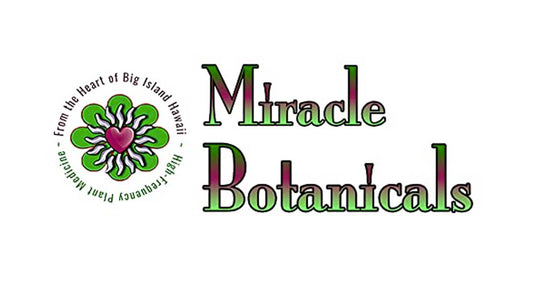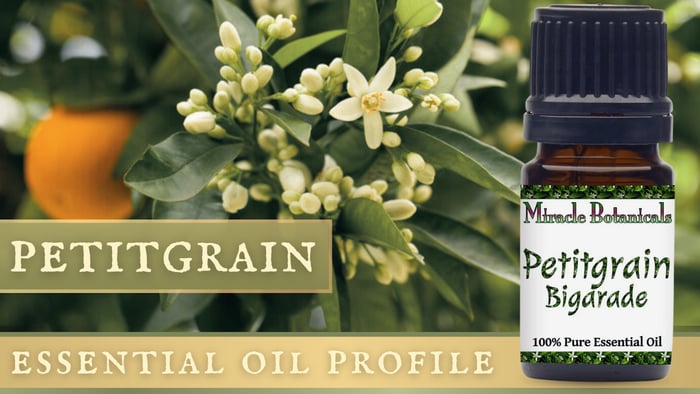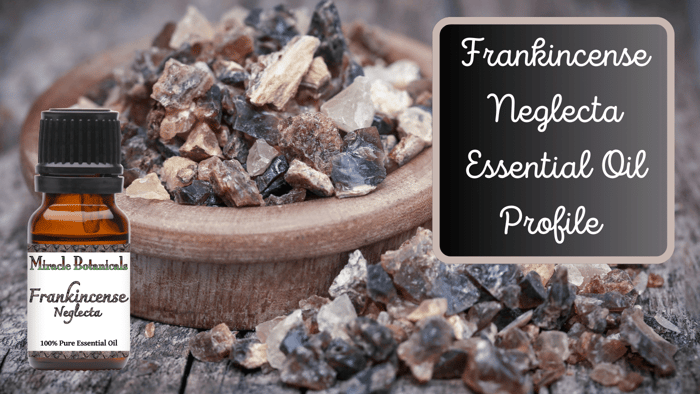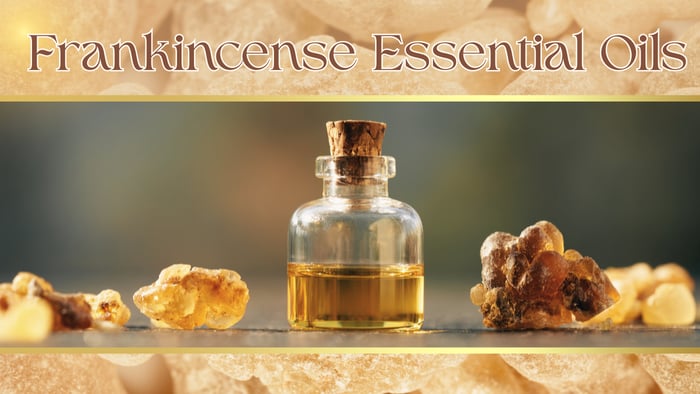Table of Contents
Petitgrain Essential Oil: A Complete Guide to Its History, Benefits, and Aromatic Beauty
Petitgrain essential oil may not be as famous as lavender or neroli, but in the world of aromatherapy, it is considered one of the most versatile, emotionally supportive, and beautifully balanced citrus oils available. Distilled from the leaves and twigs of the bitter orange tree (Citrus aurantium var. amara), petitgrain offers a unique combination of floral freshness, citrus brightness, and leafy greenness that makes it indispensable for both therapeutic and perfumery use.
Though it often takes a back seat to its floral sibling neroli, petitgrain essential oil shares many of the same therapeutic properties—at a fraction of the cost. From calming the nervous system to supporting clear, balanced skin, petitgrain provides a generous range of benefits rooted in centuries of traditional use.
This comprehensive guide explores the history, science, aroma profile, and therapeutic properties of petitgrain essential oil, along with practical ways to use it in your daily life.
A Brief History of the Bitter Orange Tree
The bitter orange tree (Citrus aurantium) has been valued since ancient times. Originating in Southeast Asia, the tree traveled along historic trade routes to the Middle East, then into North Africa, and eventually reached the Mediterranean region around the 10th–11th century. By the Renaissance, bitter orange cultivation had spread widely across Italy, France, and Spain, where it became prized for its fragrant blossoms and aromatic fruits.
The bitter orange tree is unique because three different essential oils are obtained from different parts of the plant:
Neroli essential oil – distilled from its delicate white blossoms
Bitter orange essential oil – cold-pressed from the peel of the fruit
Petitgrain essential oil – steam distilled from its leaves and twigs
The name petitgrain means “little grain,” originally referring to the small, unripe fruits that early distillers harvested to produce the oil. Over time, this practice shifted toward using leaves and twigs, which was more sustainable for fruit production and produced a greener, fresher aromatic profile that perfumers came to love.
Today, petitgrain is primarily produced in Paraguay, France, and Italy. Paraguayan petitgrain is especially famous for its bright, fresh, slightly sweet aroma.
Botanical and Chemical Composition
From a scientific perspective, petitgrain essential oil owes its therapeutic power to its rich chemistry. The oil typically contains:
Linalyl acetate – calming, soothing, often found in lavender and bergamot
Linalool – promotes relaxation, supports the nervous system, and offers antibacterial effects
Myrcene – grounding, mildly sedative
Geranyl acetate – floral, uplifting
Alpha-terpineol – antimicrobial, clarifying
This chemistry places petitgrain in the same aromatic family as lavender and neroli, which explains its dual ability to calm the nervous system while uplifting the mood.
The presence of linalyl acetate and linalool in significant quantities makes petitgrain a powerful nervine, sedative, and emotional balancer, while its terpenes contribute antibacterial and cleansing properties beneficial for the skin.
Aroma Profile: Fresh, Floral, and Comforting
Petitgrain essential oil is classified as a top note in perfumery. Its scent is often described as:
Fresh, Lightly floral, Citrusy, Green, Sweet with woody undertones
The aroma resembles neroli but is less intensely sweet, making petitgrain ideal for blends that need a brighter, greener citrus-floral lift. It brings a feeling of cleanliness, clarity, and natural calm—much like walking through a citrus grove at sunrise.
Petitgrain Essential Oil - Bigarade (Citrus Aurantium L., ssp. amara Engl., (C. bigaradia Risso))

$11.97
Botanical Name: Citrus Aurantium Plant Part: Leaves And Twigs Method of Extraction: Steam Distillation Country of Origin: Paraguay Color/Consistency: Pale Yellow Color With Thin Consistency Aroma: Citrusy, Fresh, Floral, Sweet (Similar to Neroli, but lighter) Perfumery Note: Top Main Chemical… read more
Emotional and Nervous System Benefits
Petitgrain essential oil is highly valued for its effects on the emotional and nervous systems. Its sedative, antidepressant, and nervine actions make it a strong ally for people experiencing stress, anxiety, overwork, or sleeplessness.
Key emotional benefits include:
Reduces anxiety and emotional overwhelm
Supports confidence and emotional resilience
Promotes deep relaxation and steadiness
Helps reduce racing thoughts
Supports better sleep and calms nighttime restlessness
Inhalation studies show that linalool-rich oils like petitgrain can reduce sympathetic nervous system activity (the body’s fight-or-flight response) and help balance cortisol levels, contributing to an overall sense of stability and well-being.
Its aroma is especially effective during periods of burnout or emotional strain, and many aromatherapists use petitgrain as a daytime alternative to stronger sedative oils because it calms without causing drowsiness.
Skin Benefits: Balancing and Clarifying
Petitgrain may not be the first oil that comes to mind for skincare, but its antibacterial and balancing effects make it a powerhouse for oily, congested, and acne-prone skin.
Petitgrain essential oil may help:
Reduce acne-causing bacteria
Balance sebum (oil) production
Minimize the appearance of pores
Freshen and clarify the complexion
Calm redness and irritation
Support healing of blemishes
Its gentle, non-irritating nature makes it easier to incorporate into daily skincare compared to stronger citrus peel oils, though proper dilution is always important.
How to Use Petitgrain Essential Oil
1. Diffusion for Emotional Balance
Add 3–6 drops to a diffuser to reduce stress, support focus, or create a fresh, clean atmosphere.
2. Bedtime Support
Combine petitgrain with lavender or Roman chamomile for a calming sleep blend.
3. Skin-Supporting Spot Treatment
Mix 1 drop with a teaspoon of carrier oil and apply to blemishes or oily areas.
4. Relaxing Massage Oil
Blend 3–4 drops with a tablespoon of carrier oil to ease muscle tension and promote calm.
5. Natural Air Freshening
Petitgrain works beautifully in room sprays, adding a clean, bright, green-floral scent.
Petitgrain vs. Neroli: What’s the Difference?
Though they share a parent plant, their aromas and price points differ significantly.
Neroli – deeply floral, sweet, luxurious, expensive
Petitgrain – green, fresh, light floral, far more accessible
Both help with anxiety, emotional tension, and sleeplessness, but petitgrain offers a more subtle, nature-inspired fragrance.
Final Thoughts
Petitgrain essential oil beautifully blends science, history, and therapeutic value. With its rich chemistry, calming properties, and refreshing citrus-floral aroma, it deserves a place in every essential oil collection. Whether you use it to support emotional resilience, calm the nervous system, or clarify the skin, petitgrain offers a gentle yet powerful way to bring balance and peace into daily life.





